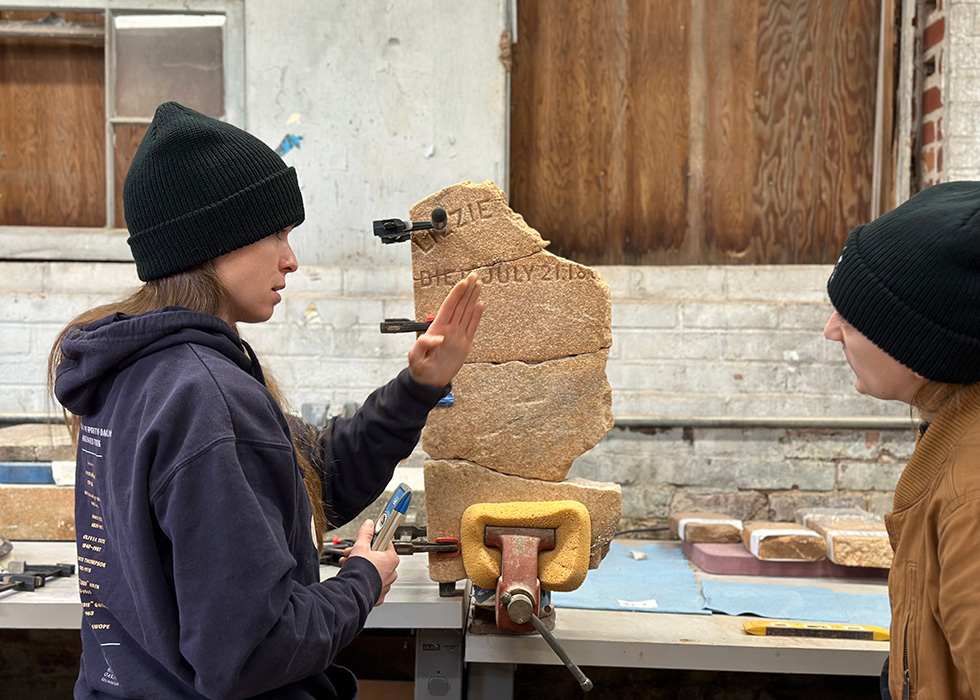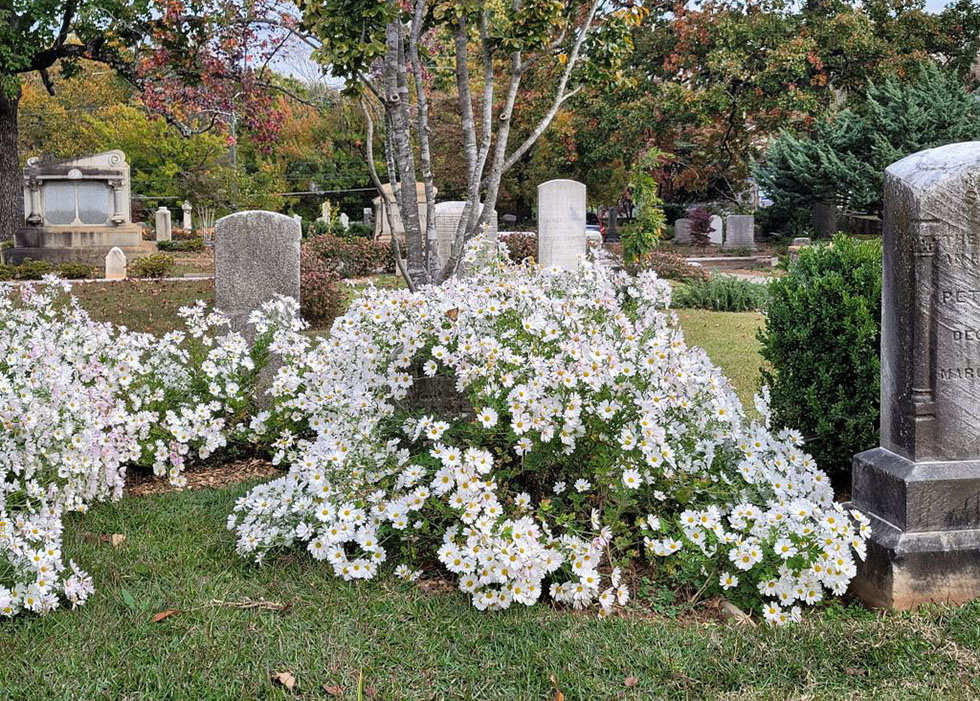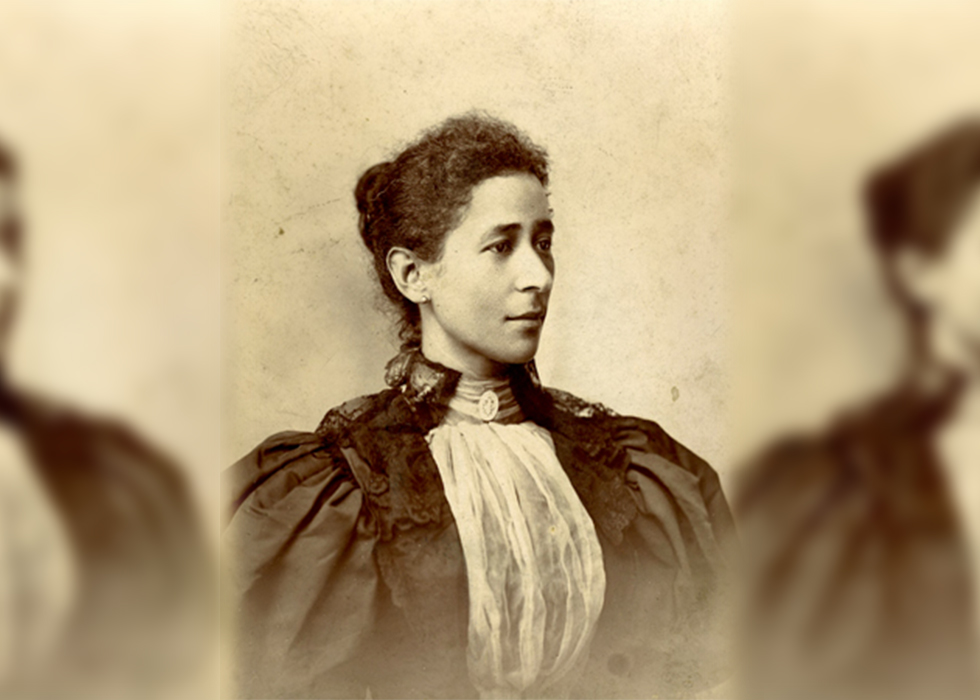
Illuminating the History of Slave Square
by DL Henderson and Sara Van Beck
During Illumine we are showcasing just a few of the interesting stories our creative team is shining a light on during this four-day light experience.
From 1852, through the late 1860s, African Americans in Atlanta were buried in a segregated section at Oakland. This area was located at the northeast corner of the original six acres of the cemetery. Most, though not all, of the African Americans buried in this section were enslaved, and it came to be known as Slave Square. The list of names on these panels are the names of the men, women, and children who were buried in Slave Square. Their burial records often list the name of the slaveholder followed by the given name of the deceased, such as “Pompy” or “Queen.” In some cases, there is no given name, but only a question mark indicating the name is unknown, and sometimes only the term “man,” “woman,” or “Negro” is used.
 Many people are fearful of disturbing the resting places of the dead, but history tells us that’s what happened here at Slave Square. The first recorded burial in Slave Square was a 14-year-old named John, in January 1853. By the beginning of the Civil War, nearly 900 men, women, and children had been buried in Slave Square. Burials in Slave Square apparently continued for several years after the Civil War.
Many people are fearful of disturbing the resting places of the dead, but history tells us that’s what happened here at Slave Square. The first recorded burial in Slave Square was a 14-year-old named John, in January 1853. By the beginning of the Civil War, nearly 900 men, women, and children had been buried in Slave Square. Burials in Slave Square apparently continued for several years after the Civil War.
 By 1877, Oakland Cemetery had expanded to 48 acres, and the burial lots of white Americans had filled up the expensive land surrounding Slave Square. The Atlanta City Council decided that the bodies of John and all the other people who had been buried in Slave Square would be removed to make room for more burials that could be sold for more money. The people buried in Slave Square would be moved to the “colored pauper grounds.” After the Sexton prepared (surveyed the land and put in new walkways) the ground for new burials, the lots in Slave Square were sold to white American families for a minimum purchase price of $50. Those families erected the monuments that you see in this area today.
By 1877, Oakland Cemetery had expanded to 48 acres, and the burial lots of white Americans had filled up the expensive land surrounding Slave Square. The Atlanta City Council decided that the bodies of John and all the other people who had been buried in Slave Square would be removed to make room for more burials that could be sold for more money. The people buried in Slave Square would be moved to the “colored pauper grounds.” After the Sexton prepared (surveyed the land and put in new walkways) the ground for new burials, the lots in Slave Square were sold to white American families for a minimum purchase price of $50. Those families erected the monuments that you see in this area today.
After the Civil War, African Americans could buy burial plots at the rear of the cemetery in a newly opened segregated burial ground that remains open for burials today. More than 12,000 African Americans are listed in Oakland’s burial records, including the men, women, and children of Slave Square. Legal segregation at Oakland Cemetery ended in 1963 when the City of Atlanta banned the segregation of public facilities.
Illumine runs May 9-12 at Historic Oakland Cemetery. Learn more.



